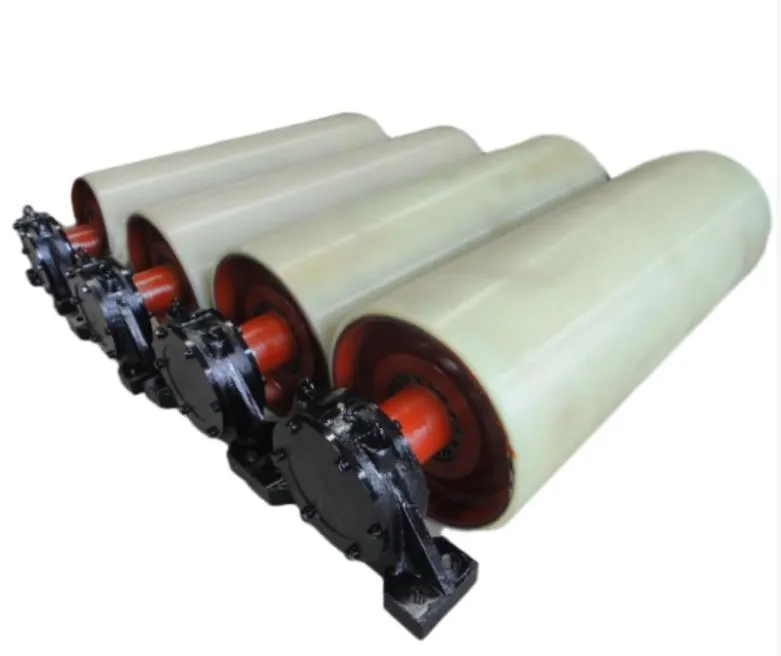 Afrikaans
Afrikaans  Albanian
Albanian  Amharic
Amharic  Arabic
Arabic  Armenian
Armenian  Azerbaijani
Azerbaijani  Basque
Basque  Belarusian
Belarusian  Bengali
Bengali  Bosnian
Bosnian  Bulgarian
Bulgarian  Catalan
Catalan  Cebuano
Cebuano  Corsican
Corsican  Croatian
Croatian  Czech
Czech  Danish
Danish  Dutch
Dutch  English
English  Esperanto
Esperanto  Estonian
Estonian  Finnish
Finnish  French
French  Frisian
Frisian  Galician
Galician  Georgian
Georgian  German
German  Greek
Greek  Gujarati
Gujarati  Haitian Creole
Haitian Creole  hausa
hausa  hawaiian
hawaiian  Hebrew
Hebrew  Hindi
Hindi  Miao
Miao  Hungarian
Hungarian  Icelandic
Icelandic  igbo
igbo  Indonesian
Indonesian  irish
irish  Italian
Italian  Japanese
Japanese  Javanese
Javanese  Kannada
Kannada  kazakh
kazakh  Khmer
Khmer  Rwandese
Rwandese  Korean
Korean  Kurdish
Kurdish  Kyrgyz
Kyrgyz  Lao
Lao  Latin
Latin  Latvian
Latvian  Lithuanian
Lithuanian  Luxembourgish
Luxembourgish  Macedonian
Macedonian  Malgashi
Malgashi  Malay
Malay  Malayalam
Malayalam  Maltese
Maltese  Maori
Maori  Marathi
Marathi  Mongolian
Mongolian  Myanmar
Myanmar  Nepali
Nepali  Norwegian
Norwegian  Norwegian
Norwegian  Occitan
Occitan  Pashto
Pashto  Persian
Persian  Polish
Polish  Portuguese
Portuguese  Punjabi
Punjabi  Romanian
Romanian  Russian
Russian  Samoan
Samoan  Scottish Gaelic
Scottish Gaelic  Serbian
Serbian  Sesotho
Sesotho  Shona
Shona  Sindhi
Sindhi  Sinhala
Sinhala  Slovak
Slovak  Slovenian
Slovenian  Somali
Somali  Spanish
Spanish  Sundanese
Sundanese  Swahili
Swahili  Swedish
Swedish  Tagalog
Tagalog  Tajik
Tajik  Tamil
Tamil  Tatar
Tatar  Telugu
Telugu  Thai
Thai  Turkish
Turkish  Turkmen
Turkmen  Ukrainian
Ukrainian  Urdu
Urdu  Uighur
Uighur  Uzbek
Uzbek  Vietnamese
Vietnamese  Welsh
Welsh  Bantu
Bantu  Yiddish
Yiddish  Yoruba
Yoruba  Zulu
Zulu មករា . 14, 2025 10:34
Back to list
conveyor lagging
Conveyor lagging is a critical component in the world of material handling, often overlooked but essential for anyone aiming to enhance the efficiency and longevity of their conveyor systems. Integrating high-quality lagging into your conveyor systems not only improves performance but significantly reduces downtime, which directly translates to cost savings for your operation.
As an authoritative voice in the field, I regularly educate clients on the importance of maintaining their conveyor lagging. Regular inspections and timely replacement are paramount to maintaining the conveyor's performance. A worn-out lagging can lead to slippage problems, resulting in inefficient operations and increased wear and tear on the belt, ultimately culminating in unplanned downtime. Thus, having a maintenance plan in place enhances the trustworthiness of your operations, ensuring that your conveyor systems run smoothly and efficiently. Trust is also built through transparency in the materials and methods used for lagging. Providing clear, detailed information about the materials' origin and the processes utilized in their installation is crucial. Clients should have access to certifications and compliance documents that attest to the quality and safety of the lagging products they are investing in. This not only builds confidence but also reinforces long-term business relationships. In conclusion, conveyor lagging is much more than a simple accessory in a conveyor system. It's a crucial element that, when expertly chosen and applied, can boost the entire system's efficiency, reliability, and lifespan. For those serious about optimizing their material handling processes, investing in the right conveyor lagging and a knowledgeable team to maintain it is a strategic necessity. Partnering with professionals who provide expert advice and stand by the quality and performance of their products can make all the difference in achieving success in your operations.


As an authoritative voice in the field, I regularly educate clients on the importance of maintaining their conveyor lagging. Regular inspections and timely replacement are paramount to maintaining the conveyor's performance. A worn-out lagging can lead to slippage problems, resulting in inefficient operations and increased wear and tear on the belt, ultimately culminating in unplanned downtime. Thus, having a maintenance plan in place enhances the trustworthiness of your operations, ensuring that your conveyor systems run smoothly and efficiently. Trust is also built through transparency in the materials and methods used for lagging. Providing clear, detailed information about the materials' origin and the processes utilized in their installation is crucial. Clients should have access to certifications and compliance documents that attest to the quality and safety of the lagging products they are investing in. This not only builds confidence but also reinforces long-term business relationships. In conclusion, conveyor lagging is much more than a simple accessory in a conveyor system. It's a crucial element that, when expertly chosen and applied, can boost the entire system's efficiency, reliability, and lifespan. For those serious about optimizing their material handling processes, investing in the right conveyor lagging and a knowledgeable team to maintain it is a strategic necessity. Partnering with professionals who provide expert advice and stand by the quality and performance of their products can make all the difference in achieving success in your operations.
Latest news
-
Trusted Conveyor Solutions from Leading Conveyor Idler Roller ManufacturersNewsJun.27,2025
-
Reliable Return Idler Solutions for Efficient Belt Conveyor SystemsNewsJun.27,2025
-
Precision Conveyor Accessories for Streamlined Material HandlingNewsJun.27,2025
-
High-Quality Belt Conveyor Idler Solutions for Efficient Material HandlingNewsJun.27,2025
-
High-Performance Belt Conveyor Pulleys for Reliable Material HandlingNewsJun.27,2025
-
Enhancing Material Handling EfficiencyNewsJun.27,2025
OUR PRODUCTS





























